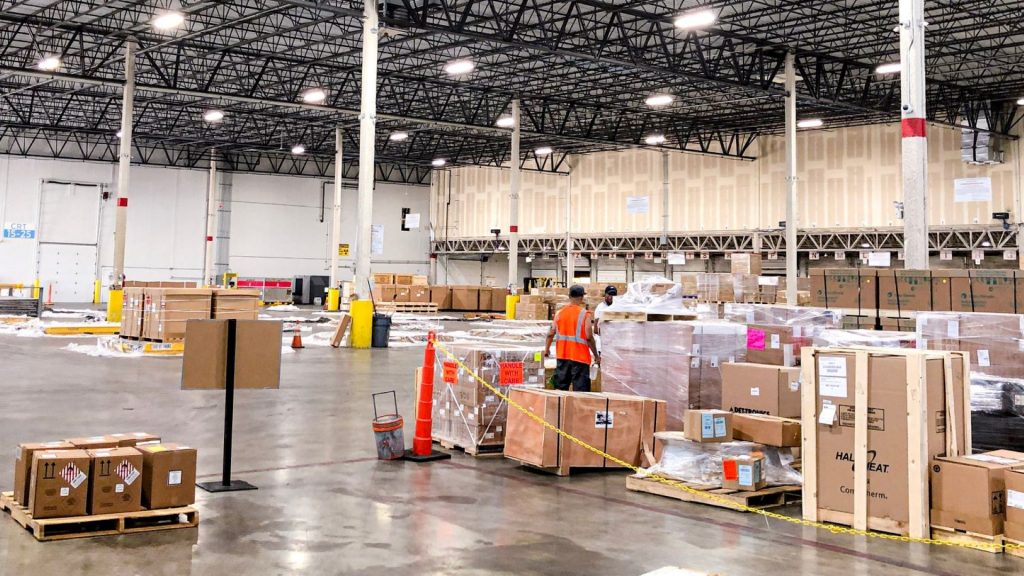Chicago’s industrial real estate market, surpassed in size only by the Southern California region, is showing strong resilience heading into 2023 as rental demand remains strong, according to research released Wednesday by the real estate services company Colliers International Group Inc.
That’s the good news. The not-so-good news is that “taking rents” — rents that tenants agree to after a landlord’s initial proposal and follow-up negotiations — will remain high after a 14% year-over-year increase, Colliers (NASDAQ: CIGI) said. In some of Chicagoland’s 22 submarkets, asking rents jumped 20% year over year, the data showed.
The continued high demand for e-commerce space has played a role. But the main culprit is the interest rate turmoil that has reduced investment and lending activity, and left tenants with a challenge finding new space to accommodate their growth, Colliers said.
Jack Rosenberg, national director of logistics and transportation for the Chicago-based industry consulting group Colliers, said the company remains very concerned about what he calls the “pencil-down” behavior of institutional investors, the backbone of the logistics real estate business. Pencils down is industry jargon for investors stopping or walking away from trades. Also, construction loans are very difficult to arrange, Rosenberg said.
“This lack of new development activity threatens to make it very difficult for occupiers to secure new space for growth,” Rosenberg said in an email.
Colliers is not the first real estate company to forecast higher rents in the wake of rapid increases in Federal Reserve interest rates. Last month, Prologis Inc. (NYSE: PLD), the world’s largest developer and operator of logistics real estate, sU.S. Warehouse Development Will Fall to Seven-Year Low in 2023 as higher borrowing costs weigh on construction activity. Prologis said an expected 60% year-over-year decline in housing starts will push nationwide rent growth above 10% in 2023.
Despite funding concerns, Chicago’s industrial market — which also includes manufacturing — has performed remarkably well, according to Colliers. Demand came back strongly in the fourth quarter after a slight decline in the third. Net absorption, the ratio of space occupied in a given period to the amount of space released, totaled 9.9 million square feet in the fourth quarter.
The fourth-quarter figures brought the 2022 net absorption total to 40.6 million square feet, the second-highest total in market history, Colliers said. Only the 2021 level of 44.9 million square feet was higher.
Vacancy rates hit an all-time low of 4.5% despite an increase in deliveries of speculative construction projects, Colliers said. Seven of the 22 submarkets reported year-end vacancy rates below 3%.
Vacancy rates slowed somewhat in the second half of the year, the firm said. However, this is due more to the delivery of new vacant units than to a drop in demand.
Rosenberg, who had grown increasingly worried in 2022 that rising rates would undermine the strength of the Chicago market, expressed surprise at its resistance. “Even I am starting to believe that the recession of 2023 is a mirage and rental demand from occupiers will be very strong this year,” he said.
